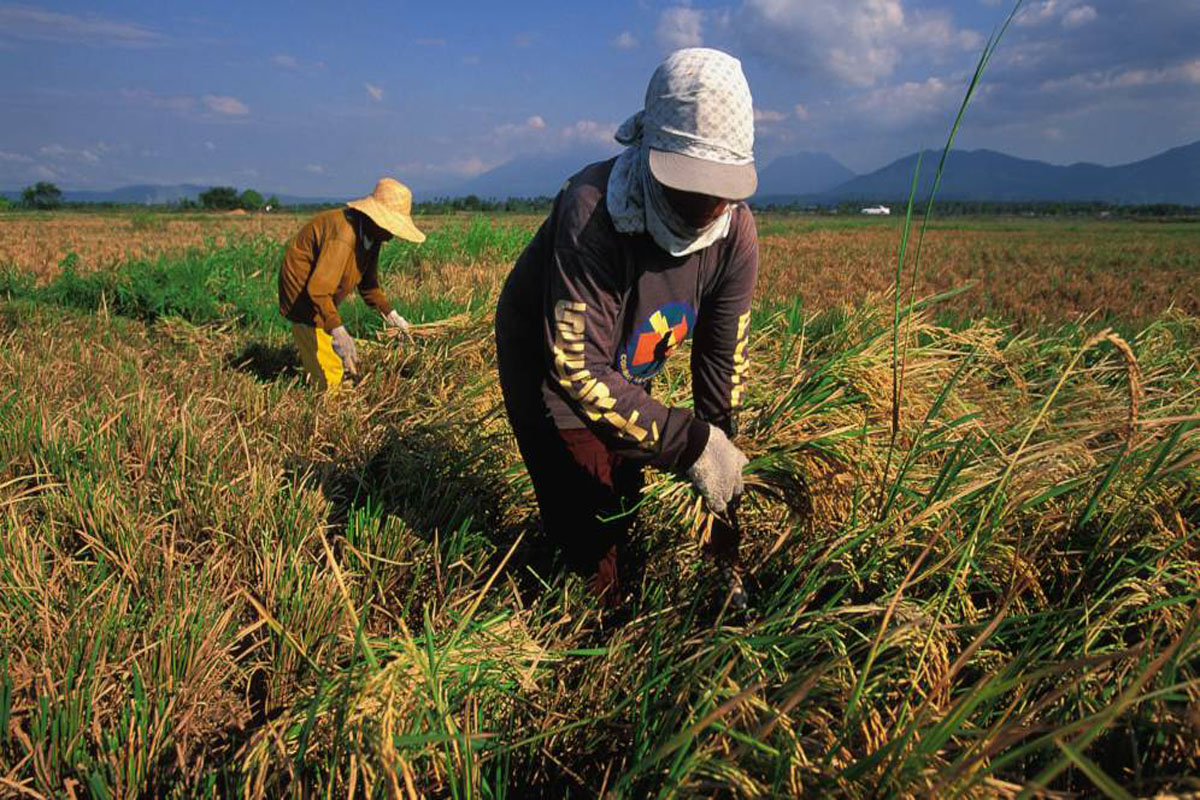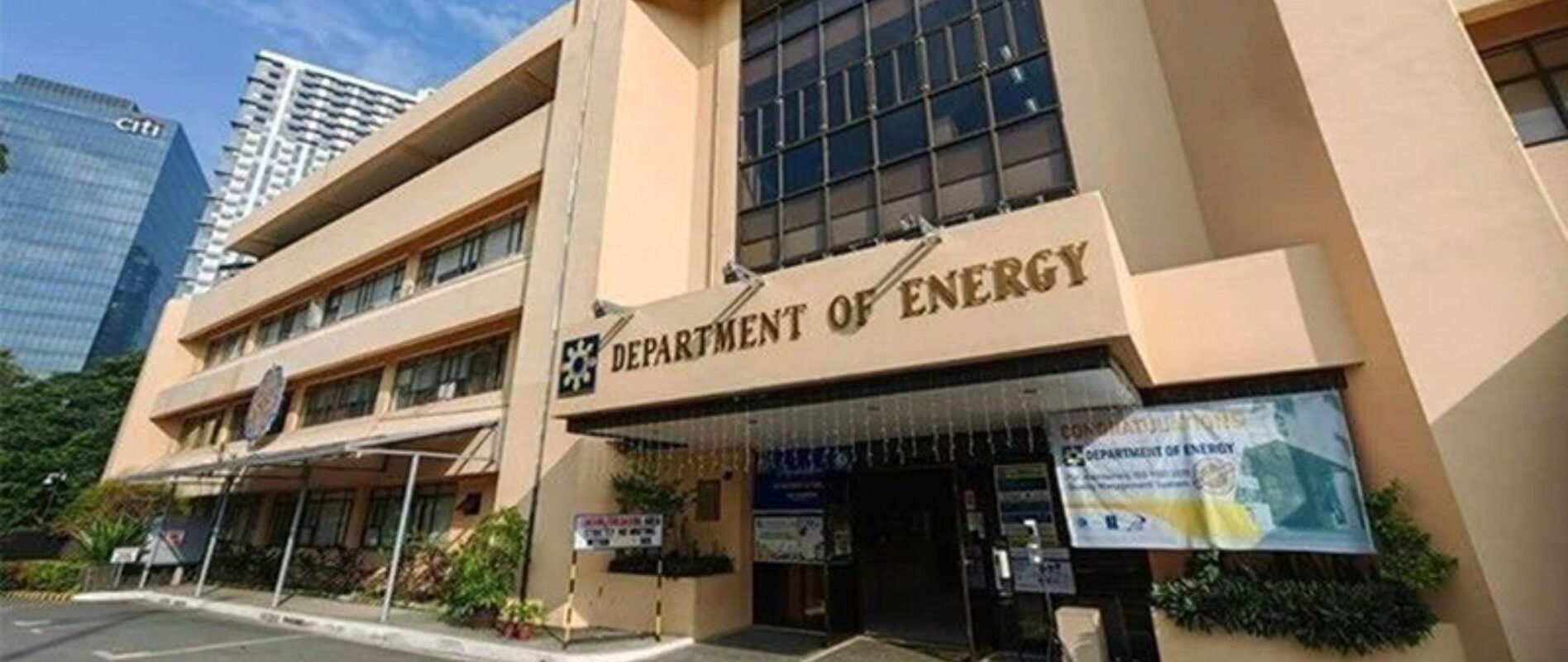UPHEAVAL OVER STABILITY: HOW AGRICULTURAL PRODUCTION AND AGRO-INDUSTRIAL GROWTH REMAIN PIVOTAL IN PRESENT?
Agricultural production system composed of multifaceted components and vehicles which give rise to different ways to influence the sustainability of production. The production system involves crop production, which includes lowland irrigated farming, rainfed and upland farming.
The key agricultural products of the Philippines include rice, coconuts, corn, sugar cane, bananas, pineapple and mango. On the other hand, livestock production has a protruding contribution of at least 12.7% of the overall agricultural output. Hence, the most common livestock reared in the Philippines are following: broiler chickens, ducks, goats, cattle and pigs. As such, the livestock sector (13.53 per cent) of total agricultural production has increased negatively by 0.41 per cent in 2004. This was largely due to a decline in pig and livestock production (DA, 2004).
According to the latest report by the Philippine Statistics Authority (PSA) on the performance of Philippine agriculture in the third quarter of 2020, crop production, which contributed 52.7 percent to total agricultural output, increased by 4.8 per cent.
The productions of palay and corn have increased by 15.2 percent and 3.5 percent respectively. Livestock production decreased by -7.6%. It accounted for 17.5% of the overall agricultural production. Hog showed a -7.7 percent decrease in production. Poultry production, which accounted for 14.0 per cent of total agricultural output, was -3.8 percent lower over the period. The production of chicken was down by -7.2%. Fisheries reported an increase of 1.9 per cent in production. It contributed 15.8% of the overall agricultural production. Higher production growth for big eye tuna was recorded at 39.9 percent, for Bali sardinella at 31.5 per cent and for blue crab at 25.5 percent.
At current prices, the value of agricultural production amounted to Php 404.6 billion, up 4.1 per cent from the previous year’s pace. Thus, in order to maintain the good performance of our agricultural sector, farmers must achieve sustainable agriculture, which focuses on the production of long-term crops and livestock, while at the same time having minimal environmental effects. This is intended to strike a fair balance between the need for food production and the preservation of the ecological structure of the environment. This incorporates wellbeing, economic profitability and social and economic equity.
According to Lopez et al. in their paper entitled “Sustainable agriculture in the Philippines,” the results have shown that sustainable agriculture has produced upland microenvironment, improved access to irrigation water, incorporated fish into the rice crop, served as a seedbed, improved the sustainability of rice production, introduced freshwater and increased use of agricultural resources.
The production of dynamic agro-industry is essential for creating jobs and capital accumulation, as well as for improving the quality and demand of agricultural products. Agro-industry can have an adverse impact on international development by sustaining and enhancing the economic growth of the country and in mitigating poverty reduction in both rural and urban areas of developing countries.
Agriculture and industry have historically been seen as two distinct industries, both in terms of their characteristics and their role in economic development. Agriculture has been seen as a hallmark of the first stage of growth, while the degree of industrialization is considered to be the most important measure of the country’s progress along the development path. Agriculture has already become a form of industry associated with technology, vertical integration, marketing and customer preferences have grown in line with the profile of comparable industrial sectors.
There is also always a need for balanced agro-industrial growth in agricultural production, as agricultural capital has become increasingly vulnerable to market forces and increasingly integrated into the network of industrial interdependencies. The industrialization of agriculture and the growth of agro-processing industries is therefore a common process that generates a completely new form of industrial sector. Thus, agro-processing means the transformation of goods derived from agriculture, forestry and fisheries. A very large part of agricultural production is undergoing some degree of transformation between harvesting and final use. They range from simple preservation (such as sun-drying) and close-knit harvesting to production, to modern, capital-intensive methods. The food industries are much more comparable and simpler to identify than the non-food industries, as their goods are all of the same end-use. Today, as we will try to construe the world of agro-industry, it continues to process basic agricultural products while also integrating highly advanced industrial inputs, which are often the result of substantial investment in science, technology and innovation. Corresponding to this increasing complexity of inputs is the incremental escalation of transformation processes, characterized by both physical and chemical changes, which further improve profitability and marketability prior to final usage. Agro-industries are of great help in our economic stability as it helps in providing employment in off-farm activities such as processing. Agro-industries also add value to, and increase demand for, farmers’ products, thereby reducing poverty and food insecurity and stimulating economic growth.
According to Da Silva et.al (2009) in their paper entitled “Agro-industries for Development”, the development of competitive agro-industries is crucial for creating employment and income opportunities as well as enhancing the quality of and demand for farm products. Agro-industries can have a real effect on international development by increasing economic growth and reducing poverty in both rural and urban areas of developing countries. However in order to circumvent the effects on vulnerable countries and people, sound policies and strategies for the promotion of agro-industry with input from agro-industry specialists, academic experts and UN technical agencies are required, chapters address the strategies and actions needed to boost agro-industrial competitiveness in ways that can generate revenue and jobs.
Agriculture consisting of forestry, livestock farming and aquaculture remains of crucial importance to the economy of the Philippines, although its relative contribution to the gross domestic product (GDP) has been declining over the years.
Agriculture dominates the Philippine economy, accounting for 40-45 per cent of national income and 75-80 per cent of the country’s exports. Further, according to the latest study by the Philippine Statistics Authority (PSA) on the output of Philippine agriculture in the third quarter of 2020, agricultural production increased by 0.7% in the third quarter of 2020. This was attributed to an increase in crop production and fishing.
On the other hand, there has been a decline in demand for livestock and poultry. On the other hand, decreases in production for livestock and poultry have been recorded. There is no need for the Philippines to import its food requirements because we can feed our people. Ostensibly, because of low agricultural productivity and limited agricultural resources, we cannot meet all the food needs of an ever-growing population.
To reduce the looming problems of poverty associated with minimal value of food production, it is important to empower our agricultural sector by improving the mechanisms and strategies that would alleviate both socio-economic issues. It is important to create a manifestation or intervention relative to agriculture so that there is a perfect equilibrium between the demand and the resources.
According to Christiaensen at.al (2006) in their paper entitled “The Role of Agriculture in Poverty Reduction: an Empirical Perspective,” the results support the general hypothesis that improving agricultural productivity is a key starting point in the creation of successful poverty reduction strategies. However, in order to optimize poverty reduction effects, the right agricultural technology and investment needs to be followed, underlining the need for a much more detailed country study of the structure and structural organization of the rural economy in the design of poverty reduction strategies. All of these have established the method for the production of rice, fish and vegetable crops.
The system has shown a profound socio-economic effect on household food security for farming families through increased wages, food availability and quality, increased job opportunities and other benefits. The system could make it possible for farmers to realize their agricultural objectives.














